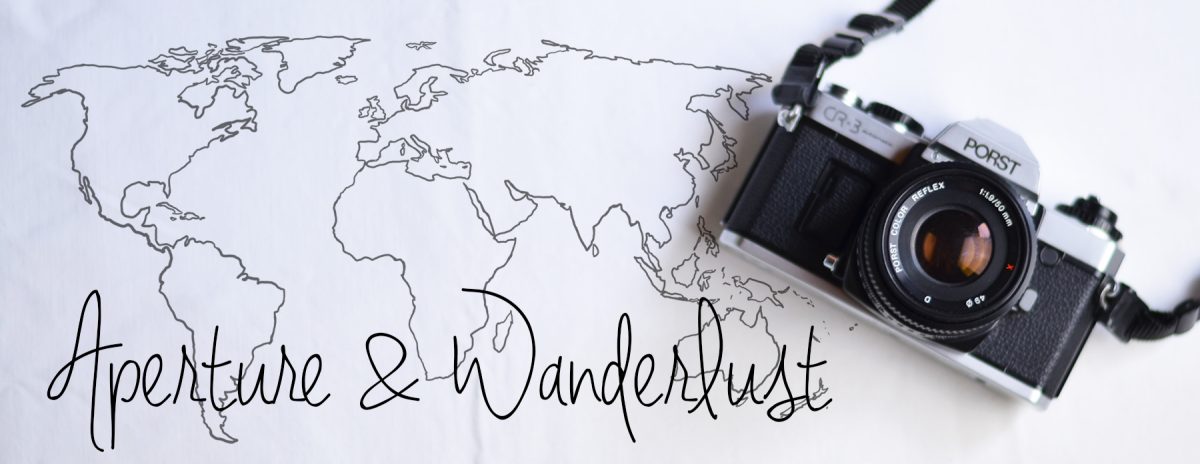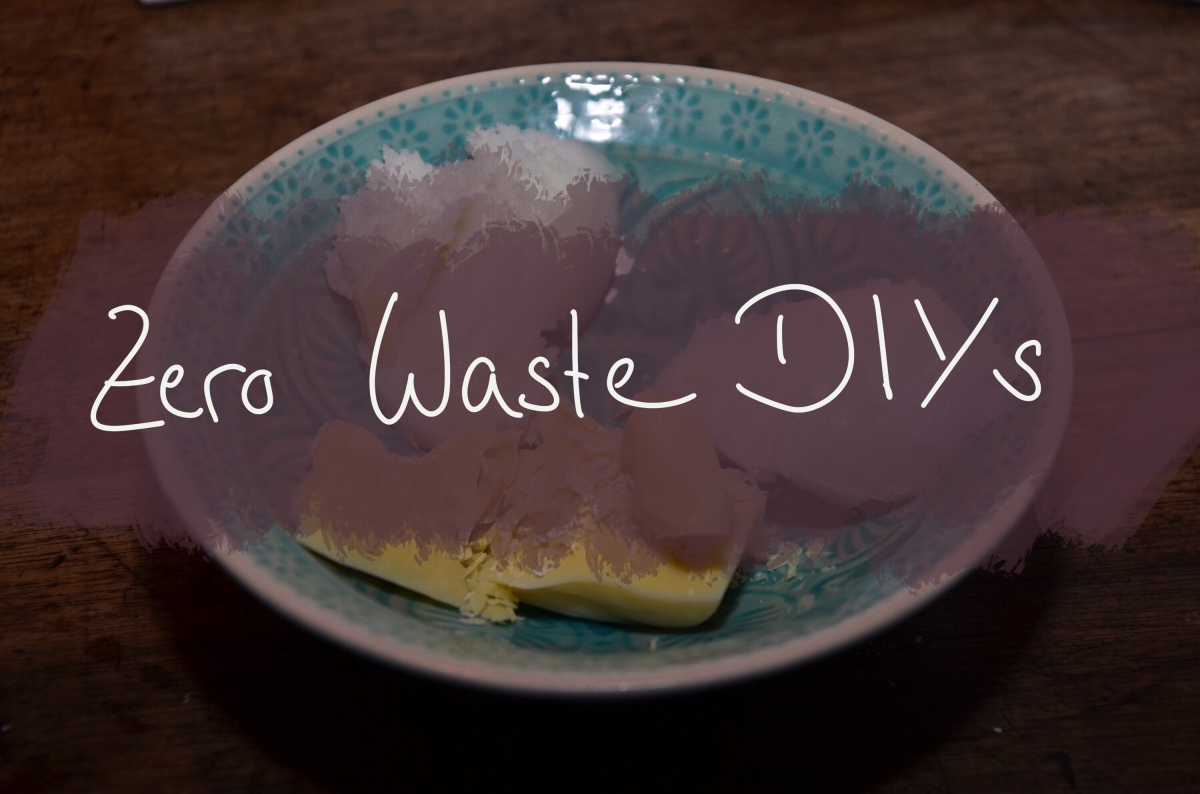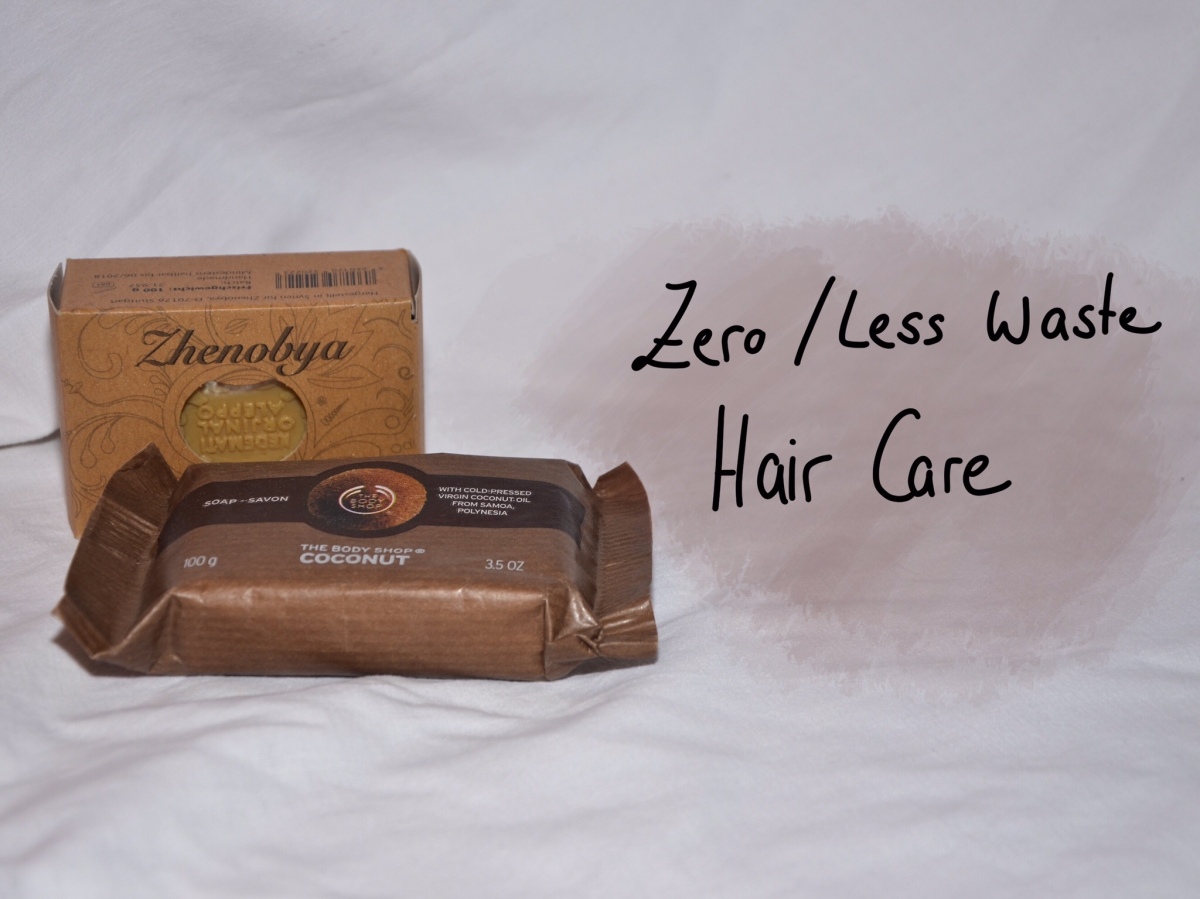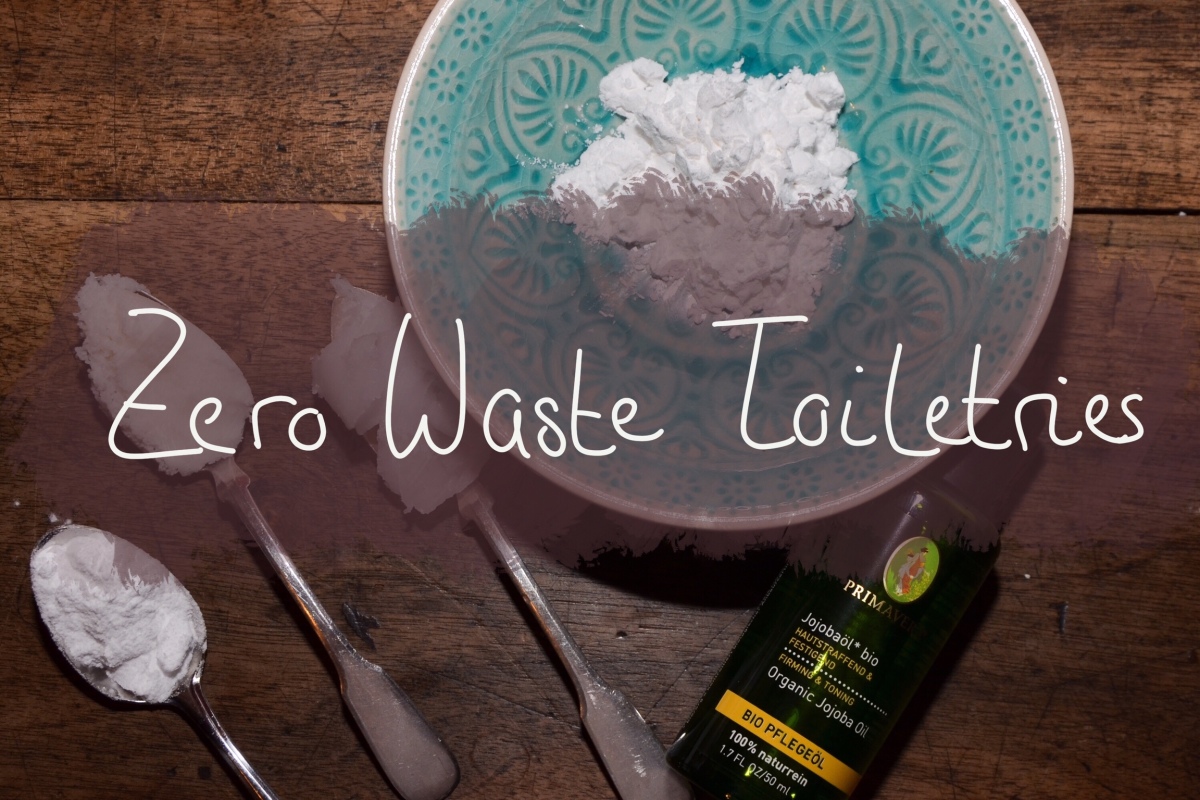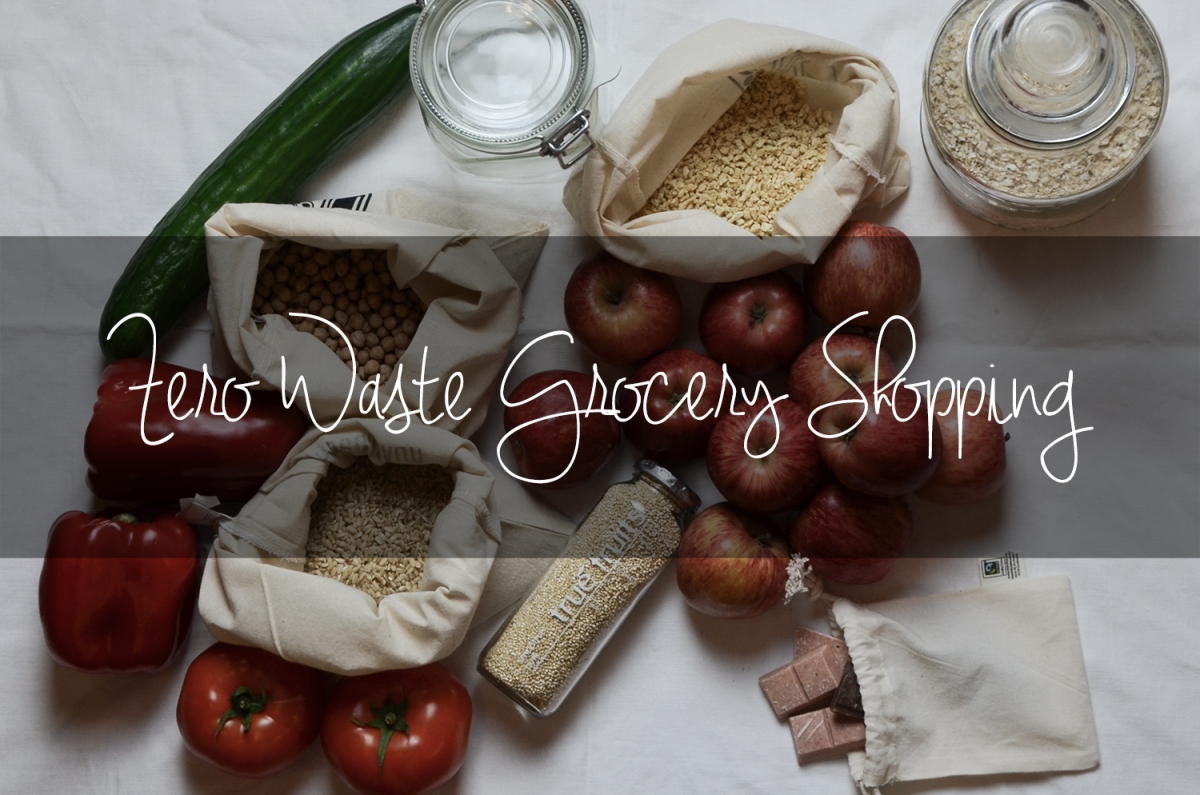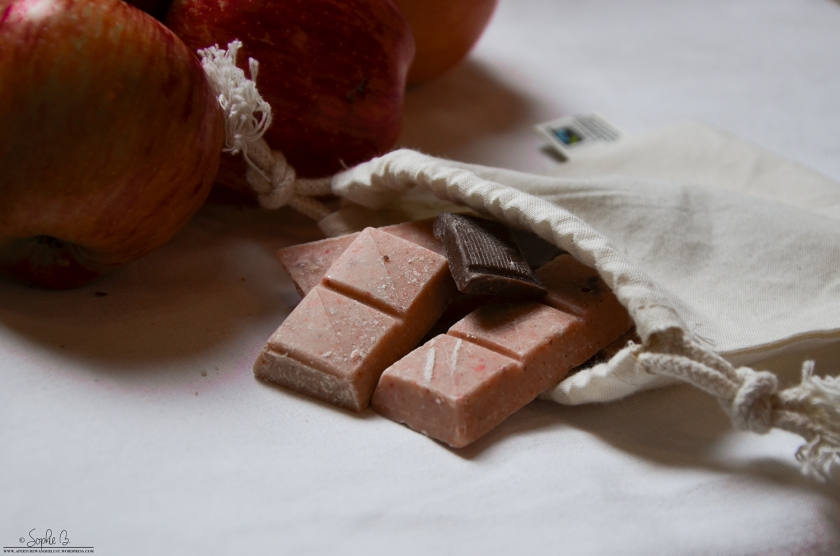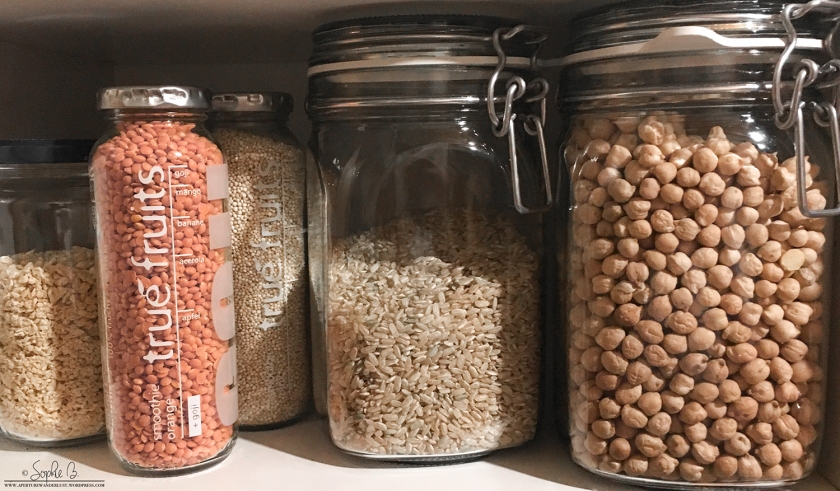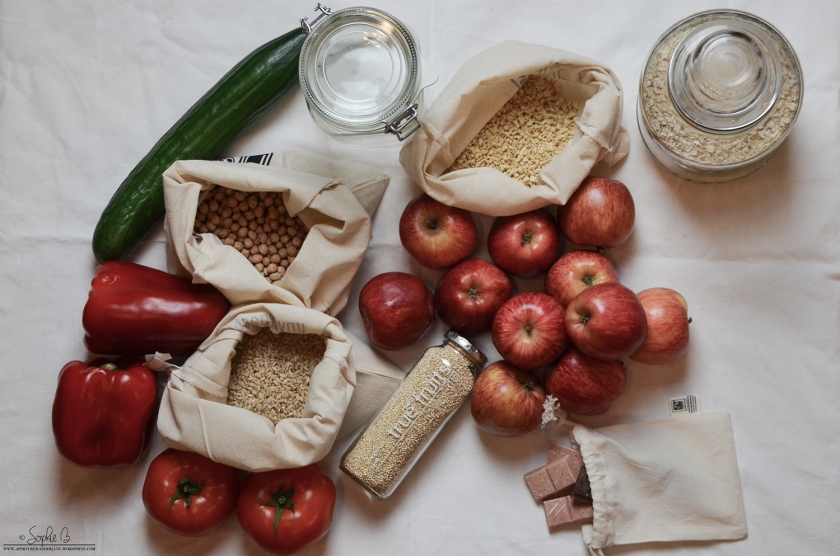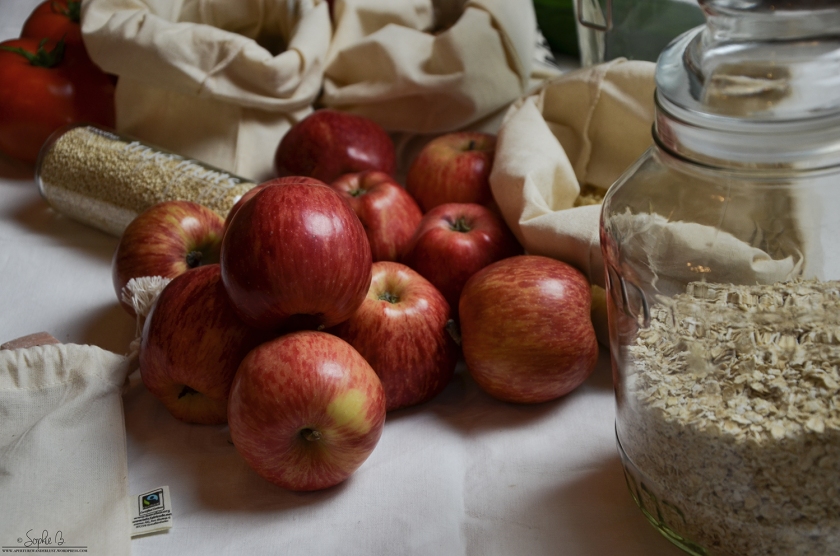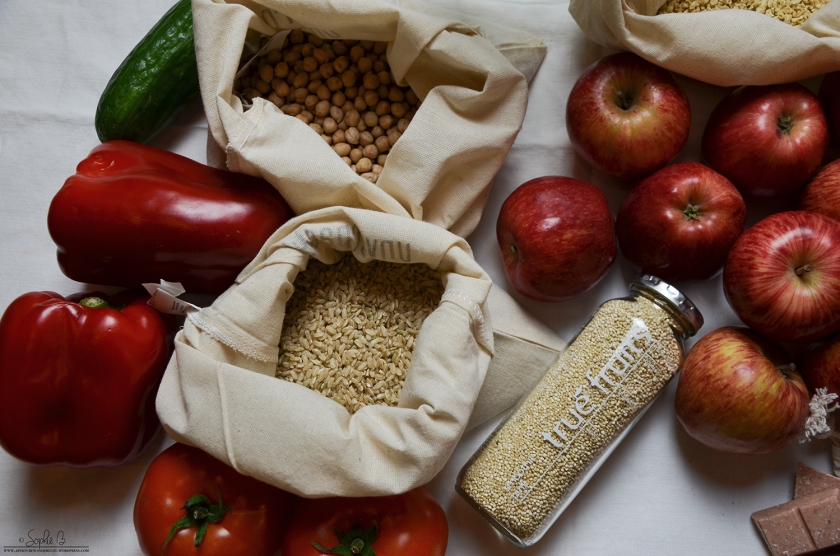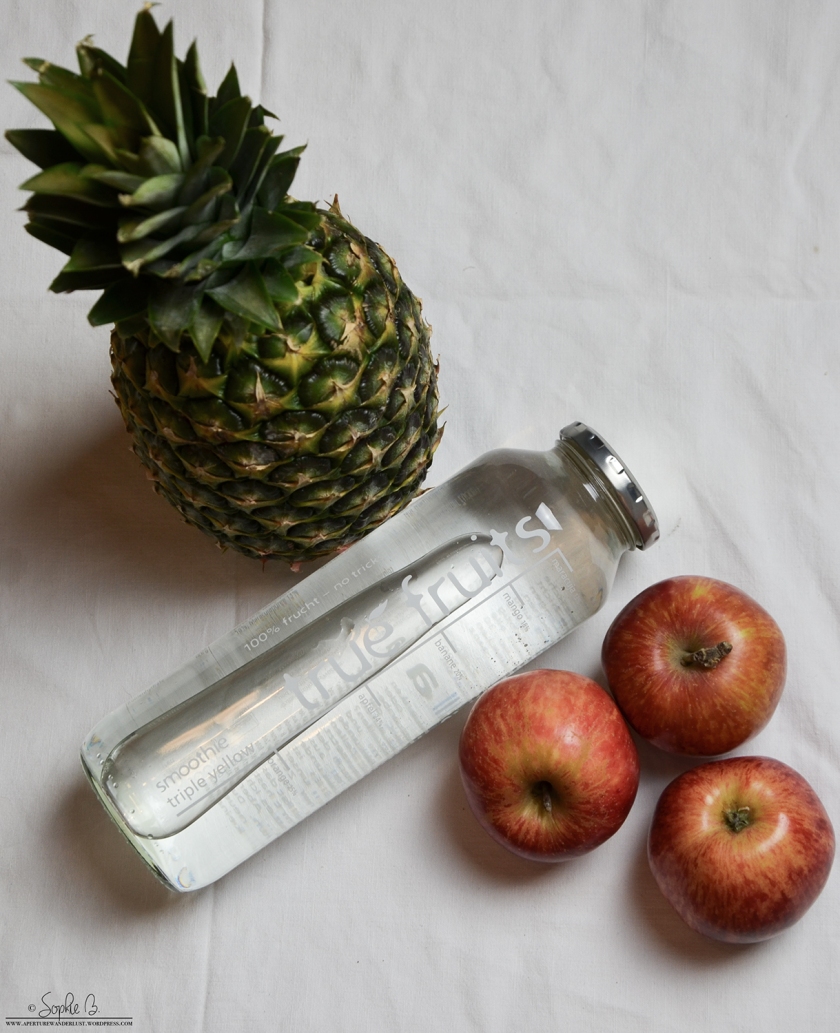Hello guys,
I hope you are all good and enjoy the sun. Summer means spending time outside in the sun which is great for our vitamin D production but the sun also dries out our skin and we sweat a lot in the heat.
This is why I would like to share with you my Zero Waste Body Butter and a Deodorant. Before getting into the DIY, I would like to point out that this is not an advice from a professional, I am just sharing my personal experience. I found similar recipes on google, I can also really recommend the blog Trash is for Tossers by Lauren Singer in case you are interested, her recipes and ideas inspired me a lot.
For these Zero Waste products, you might have to find „your own mixture“ that perfectly works for you, you can change the proportions and also use different oils. This is kind of the basic version that works for me and I hope it works for you as well!

Zero Waste Body Butter
For one small jar you’ll need:
- 1/3 Shea Butter
- 1/3 Coconut Oil
- 1/3 Cocoa Butter (Unfortunately, mine is packed in plastic, I’m still looking for another packaging)
- 1 Tbsp Almond Oil or Jojoba Oil (check my Zero Waste Toiletries Post if you want to know more)
Start to boil some water, put another pot into the boiling water and heat up all the ingredients in order to mix it properly. Afterwards, you put it in a bowl (Caution- it’s very hot!) and cool it down in the freezer until it is all solid. When your body butter is all solid, you can whip it with a mixer until you have whipped body butter. This will need some time, it took me ten minutes until I had the perfect texture.
You can also change the scent and add some essential oils, I used tea-tree essential oil since it is good for your skin but it does not smell good at all so don’t really recommend it.
Store your whipped body butter in a cool space, if you put it in the freezer, it will turn solid again. All in all, this recipe is really good for your skin, since we’re using good and natural ingredients without added chemicals!

Zero Waste Deodorant
You’ll need:
- 1 Tsp of Shea Butter
- 1 Tsp of Coconut Oil
- 1 Tsp of Baking Soda
- 1 Tsp of Arrowroot Powder
- 1 Tsp of Jojoba Oil
- (Optional: essential oils)
Same procedure as with the body butter, heat it up over boiling water and fill it in a small jar. No need to whip it, you are ready to use it when it’s solid again, just apply it under your armpits and you’re ready to go!
I was extremely suspicious at first, I mean nobody wants to be smelly but it really works! However, it does not really work as an antiperspirant.

Additionally, I tried to find out WHY it works. Well I didn’t find a lot of scientific proof why it should work but Baking Soda has a pH of 9, sweat has a pH of 4.5-7 and our skin is pH 4.1-5.8.
So this is my hypothesis:
Baking Soda can reduce perspiration because when the pH of our sweat is too low, it starts to smell bad and the Baking soda might neutralize it and the pH starts to rise again and we are less stinky 😅
Our deodorants often contain lots of different, and sometimes dangerous, chemicals -so why not trying this natural alternative? Also, shea butter and jojoba oil are great for dry skin, as already said! 😊
However, if you need a Zero Waste option but you don’t want to make your own deodorant, many companies sell deodorants with natural ingredients in jars as well!
If hope you found this helpful, let me know if you have ever made your own experience with DIY toiletries.
Have a great week!
xx, Sophie
